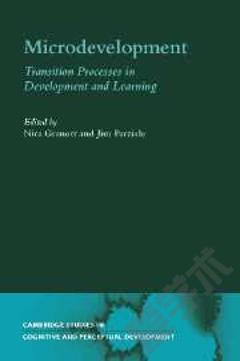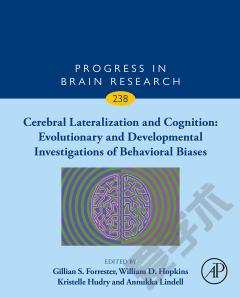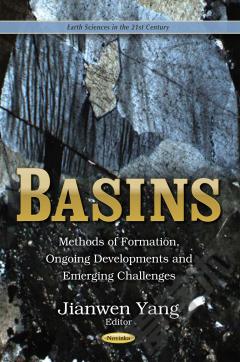Microdevelopment: Transition Processes in Development and Learning
Introduction: Microdevelopment Nira Granott and Jim Parziale Part I. Variability: 1. Microgenetic srudies in self-explanation Robert S. Siegler 2. Microdevelopment and dynamic systems: Applications to infant motor development Esther Thelen and Daniela Corbetta 3. Looking at the hands through time: A microgenetic perspective on learning and instruction Susan Goldin-Meadow and Martha Wagner Alibali Part II. Transition Mechanisms: 4. A multi-component system that constructs knowledge: Insights from microgenetic study Deanna Kuhn 5. Bridging to the unknown: a transition mechanism in learning and development Nira Granott, Kurt W. Fischer and Jim Parziale 6. Observing the dynamics of construction: children building bridges and new ideas Jim Parziale Part III. Micro- and macrodevelopment: 7. Interacting time scales in personality (and cognitive) development: intentions, emotions and emergent from Marc D. Lewis 8. How microdevelopment creates macrodevelopment: reiterated sequences, backward transitions and the Zone of Current Development Nira Granott 9. Macro- and microdevelopment research: assumptions, research strategies, constraints and utilities Kang Lee and Annette Karmiloff-Smith Part IV. Context: 10. Notebooks as windows on learning: the case of a science-into-ESL programme Rochel Gelman, Laura Romo and Wendy S. Francis 11. Darwin's construction of the theory of evolution: microdevelopment of explanations of variation and change in species Kurt W. Fischer and Zheng Yan 12. Developmental dynamics, intentional action and fuzzy sets Paul Van Geert Indexes.
{{comment.content}}








 京公网安备 11010802027623号
京公网安备 11010802027623号